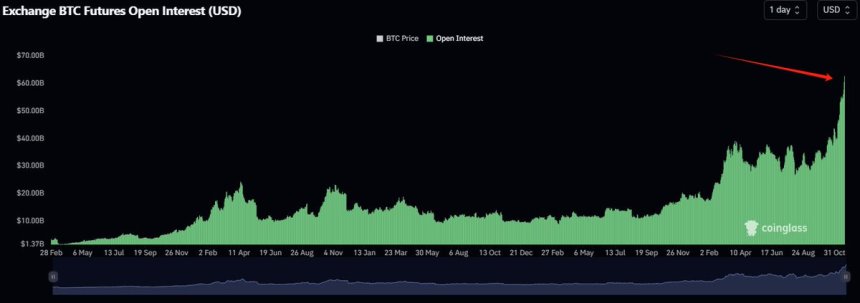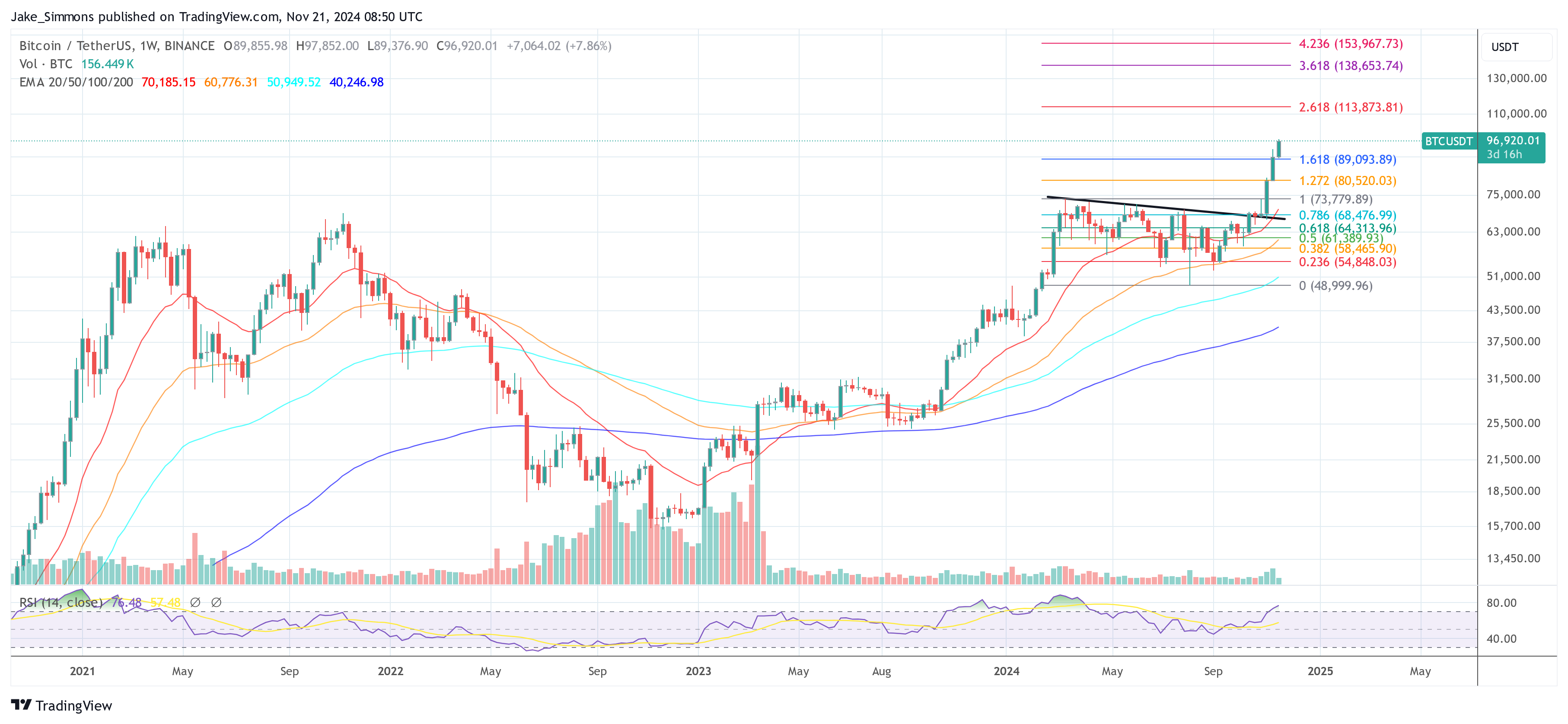
- From $3.4 billion at the beginning of the year, this is a 300% increase in lending activity.
- As for other indicators, fees have increased by 48% to $40.34 million.
Aave, a pioneering protocol in decentralized finance (DeFi), has reached a significant milestone: $10 billion in active loans. From $3.4 billion at the beginning of the year, this is a 300% increase in lending activity.
Active loans on the platform rose by 16.4 percent to $10.04 billion in the previous 30 days, according to data from the on-chain DeFi monitoring tool Token Terminal. Also, the total value locked (TVL), which includes all deposited crypto on the protocol, increased by 26.7% to $15.96 billion.
Protocol’s Meteoric Rise
As for other indicators, fees have increased by 48% to $40.34 million, bringing the total to over $490 million (a 33% improvement over the previous 30 days). Revenue has increased by 82% to $9.36 million per month as a result of this. Similarly, the projected yearly income has been updated to $113.84 million. Earnings for Aave have surged 1,628% in the last 30 days, thanks to this rise.
Also, there has been a little uptick of 0.9% from last month, bringing the total number of token holders to about 173,000. During that time, the number of daily active users increased by almost 40%, reaching 6,200 per day and over 30,000 per week, which enhanced the figure. Stani Kulechov, founder of Aave, has pointed out that the protocol’s meteoric rise reflects DeFi’s larger “renaissance.”
Aave is planning to expand its horizons beyond its current loan operations and may launch on Spiderchain, Botanix Labs’ Bitcoin layer-2 network. If this integration goes through, Ethereum apps will be able to interact with Bitcoin assets thanks to the combination of Bitcoin’s vast liquidity and Aave’s lending infrastructure.
Highlighted Crypto News Today:
Can Solana (SOL) Break Past the $260 Mark?







